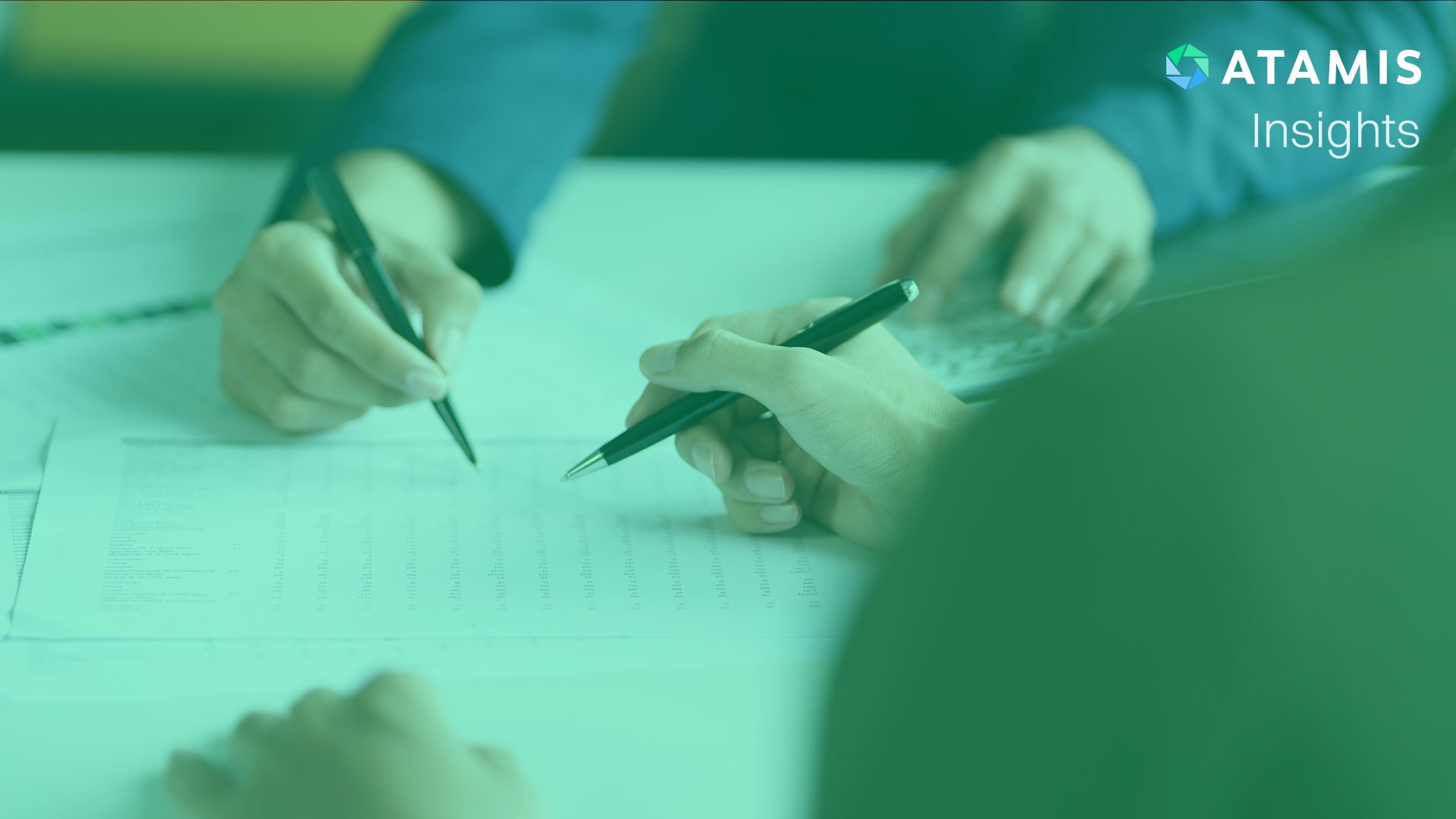The e-procurement software industry is booming, currently worth several billion dollars.
This comes as no surprise to procurement professionals, as these solutions have completely transformed the way they do their jobs.
Sourcing is now more cost-effective and efficient, supplier management is smoother and procurement processes as a whole are more streamlined than ever before.
But, while the benefits are clear, procurement teams need to consider the potential risks and challenges that come with digital procurement solutions.
From cybersecurity threats and data privacy concerns to supplier dependency and implementation hurdles, a strategic approach is needed to mitigate these risks.
In this article, we explore how e-procurement impacts your business, both positively and negatively and look at some associated risks and how to mitigate them.
What is e-procurement?
E-procurement is the digital way to source suppliers, manage purchases and keep procurement running smoothly – all from an online platform.
By automating tasks like supplier selection, contract management and order processing, businesses can cut down on paperwork, speed up approvals and reduce manual errors.
And, when integrated with financial and supply chain systems, e-procurement provides better visibility into spending, improves compliance and strengthens supplier relationships.
But while the benefits are clear, businesses also need to be mindful of potential challenges, like cybersecurity risks and system integration issues. A well-planned approach ensures companies can maximise efficiency without running into roadblocks.
What are the Positive Impacts of e-Procurement?
The benefits of e-procurement overpower the risks for many businesses, offering a more efficient and strategic approach to procurement. It drives down costs, makes compliance easier and improves supplier management. Let’s take a look at each of these benefits:
Cost Savings & Efficiency
One of the biggest perks of e-procurement is how it cuts costs and boosts efficiency.
By automating tedious tasks like paperwork, approvals and supplier negotiations, businesses free up time and resources that can be better spent elsewhere.
Instead of juggling spreadsheets and emails, procurement teams can use digital platforms to quickly compare supplier prices, consolidate orders and score bulk discounts.
Real-time data and spending insights also make it easier to spot savings opportunities and keep unnecessary expenses in check.
Plus, with fewer manual processes, the risk of human error drops significantly – leading to smoother order processing and fewer costly mistakes.
Improved Compliance and Transparency
E-procurement makes it easier for businesses to stay compliant by keeping purchasing processes consistent and in line with company policies.
With automated approvals in place, every purchase goes through the right checks, reducing the chances of unauthorised spending.
And, since every transaction is digitally recorded, there’s always a clear audit trail – helpful for meeting regulatory requirements and internal standards.
The added transparency also improves corporate governance. Companies can track supplier performance, keep an eye on contract commitments and spot potential risks before they become bigger issues.
By centralising all procurement data in one place, e-procurement not only keeps things running smoothly but also helps businesses make more informed, accountable decisions.
Better Supplier Management
Good supplier management is the key to securing quality, reliability and value in procurement.
E-procurement platforms simplify this by providing a central hub for managing supplier relationships. Businesses can easily track supplier performance, comparing factors like pricing, delivery speed and contract compliance – all in one place.
Built-in communication tools also make collaboration smoother, helping teams stay connected with suppliers and resolve issues faster. Plus, automated risk assessments flag potential supplier problems early, reducing disruptions and strengthening supply chain resilience.
By streamlining everything from supplier evaluation to contract management, e-procurement helps businesses build a more efficient, transparent and reliable procurement process.
What are the Risks of e-Procurement?
While e-procurement offers huge benefits, it also introduces potential risks that organisations must carefully manage. From cybersecurity threats to supplier dependencies and implementation hurdles, businesses must be proactive in addressing these challenges. Let’s take a closer look to help you better understand these issues:
Cybersecurity & Data Privacy Risks
With procurement data stored and processed online, cybersecurity and data privacy are top priorities.
E-procurement systems manage sensitive financial details, supplier contracts and purchasing records – making them prime targets for cyberattacks. A data breach could mean financial losses, reputational damage and even legal trouble.
That’s why businesses need to take data protection seriously.
Compliance with regulations like GDPR isn’t just a box to tick – it’s essential for keeping supplier and company information secure. Strong encryption, multi-factor authentication and regular security audits can help safeguard e-procurement platforms from cyber threats.
Supplier Dependency & Compatibility Issues
Relying too heavily on a small group of suppliers in an e-procurement system can be risky. If a key supplier faces disruptions or fails to meet their commitments, it can throw a wrench in your entire supply chain.
Over-dependence also weakens your negotiating power, leaving you more exposed to price hikes and delivery delays.
Plus, not all suppliers have the right technology to integrate smoothly with e-procurement platforms, which can lead to compatibility headaches and slow down operations.
To stay agile, businesses need a diverse supplier network and a system that supports seamless onboarding and flexibility.
Implementation Challenges
Switching to an e-procurement system isn’t just about new technology – it’s about getting people on board and ensuring a smooth transition.
Common challenges include employee resistance, integration issues with existing systems and the need for proper training.
If teams don’t fully adopt the platform, businesses may struggle to see its real benefits.
Worse, a poorly implemented system can create more inefficiencies instead of streamlining procurement. That’s why careful planning, clear communication and strong training programs are essential for a successful rollout.
How to Mitigate the Risks of e-Procurement
While e-procurement presents some challenges, businesses can take proactive steps to mitigate risks and ensure a smooth, secure and effective procurement process. By prioritising cybersecurity, selecting the right vendors and equipping staff with the necessary skills, organisations can maximise the benefits of e-procurement while minimising potential pitfalls.
1. Invest in Strong Cybersecurity
Strong cybersecurity measures, like data encryption, multi-factor authentication and regular security audits, are essential to prevent cyberattacks and unauthorised access.
Compliance with regulations like GDPR also ensures that supplier and company information is handled safely.
Beyond prevention, businesses should be proactive by running regular risk assessments and having a clear incident response plan in place.
That way, if a threat arises, they can act fast to minimise damage and keep operations running smoothly.
2. Choose Vendors Wisely
Choosing the right e-procurement vendor is key to ensuring a reliable, secure and scalable system that meets your business needs.
When evaluating vendors, look beyond just features – assess their security protocols, integration capabilities and level of ongoing support.
A flexible, cloud-based solution with robust data protection can help safeguard sensitive information while allowing for future growth.
It’s also smart to diversify suppliers within your e-procurement system to avoid over-reliance on a single vendor.
This reduces risk and keeps your procurement process resilient against disruptions.
3. Retrain staff
Getting employees on board is key for a successful e-procurement rollout. If procurement teams don’t fully understand the system, its benefits won’t be fully realised.
Full training on system features, security best practices and compliance requirements helps users navigate the platform with confidence.
Regular training sessions keep teams up to date on new features and industry regulations, reducing errors and improving efficiency.
Fostering a culture of digital literacy and providing hands-on experience can make adoption easier, ensuring that employees feel comfortable using the system.
When teams are engaged and well-trained, procurement operations run smoother and more effectively.
Conclusion
E-procurement has the power to streamline operations, cut costs and improve supplier relationships, but it’s not without its challenges.
Businesses need to be aware of cybersecurity risks, supplier dependency and implementation hurdles that could impact success. The good news? These risks can be managed with robust security measures, careful vendor selection and proper staff training.
With the right strategy, e-procurement doesn’t just simplify purchasing – it transforms procurement into a more efficient, strategic and value-driven process that benefits the entire organisation.
Mitigate E-Procurement Risks with Atamis
E-procurement offers efficiency, cost savings, and transparency. It is essential to address potential risks such as cybersecurity threats, supplier dependencies, and system integration challenges.
At Atamis, we provide a secure, scalable, and highly configurable procurement solution designed to help organisations navigate these challenges with confidence. Our platform ensures robust data protection, seamless integration, and supplier management tools that mitigate risks while maximising value.
Ready to take control of your digital procurement strategy?
Get a demo today and explore how we can help you implement a secure and efficient e-procurement solution tailored to your needs.
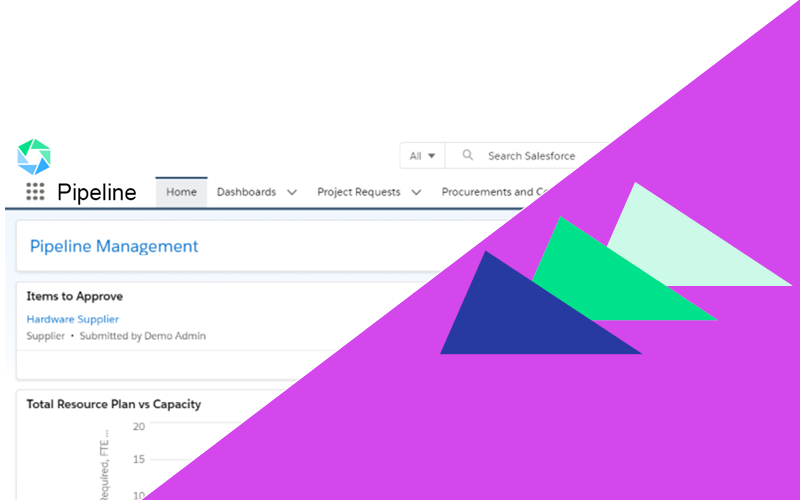 Our Pipeline App empowers your team to plan ahead and forecast for upcoming procurement activities.
Our Pipeline App empowers your team to plan ahead and forecast for upcoming procurement activities. 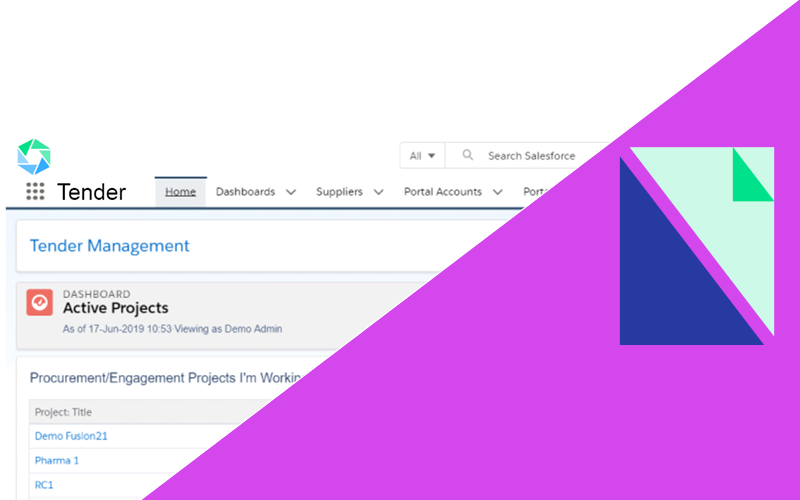 The Tender App allows your team to visualise all sourcing activities within your Atamis platform, from issuing tenders to receiving bids.
The Tender App allows your team to visualise all sourcing activities within your Atamis platform, from issuing tenders to receiving bids.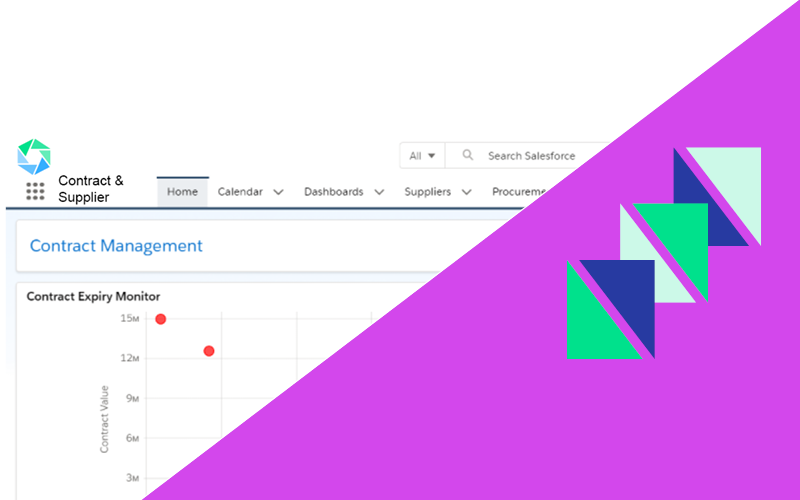 Our Contract & Supplier App puts your team in firm control of your key supplier relationships and provides a central repository for all contracts.
Our Contract & Supplier App puts your team in firm control of your key supplier relationships and provides a central repository for all contracts. 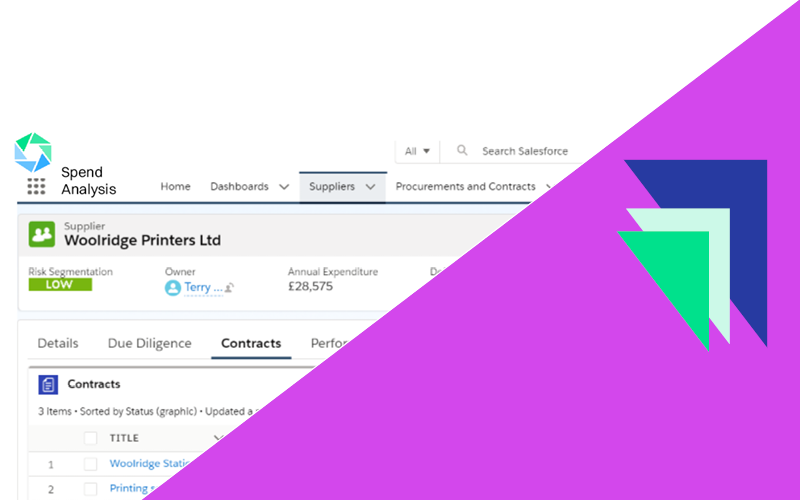 Our Enhancers ensure your solution is tailored to your needs. Pick and choose additional functionality that fits your requirements.
Our Enhancers ensure your solution is tailored to your needs. Pick and choose additional functionality that fits your requirements. 